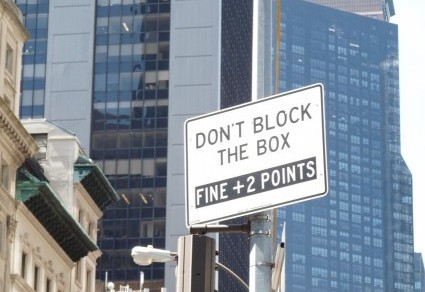I have a few questions for you, starting with your thoughts on this advertisement for cigarettes:

Is this company trying to corner the health-food market? Organic says yes, but tobacco seems to undercut that message.
I gnashed my teeth when I read this label on a bottle of mouthwash:

What does less intense enamel taste like? Does the enamel on your teeth have any taste at all? I don’t think mine does.
I’ve held onto this photo for a long time — not for an entire historic era, but for a year or so:

Does climbing or descending these steps change history, altering the timeline or plunging the world into a different branch of the multiverse? Maybe the steps have fallen into disrepair and the homeowner is using historic as a get-out-of-being-sued excuse? Attention, attorneys: Would this hold up in court if someone did sue?
Now to a Seattle parking area:

Is the sign on the right intended to help firefighters? Somehow I thought they were supposed to notice things like hydrants without assistance from signage. Maybe some drivers back out without looking. If so, is there a way to revise the driving test to exclude them? I’m really hoping the answer to that last question is yes.
I also eagerly await your theories.


































